Discussions
What is clusters of differentiation nomenclature?
In the first International Workshop and Conference on Human Leukocyte Differentiation Antigens, the CD nomenclature was suggested and established. (HLDA). This system was created to classify the various monoclonal antibodies (mAbs) produced by various laboratories around the world against epitopes on the surface molecules of leukocytes. (white blood cells). After two distinct monoclonal antibodies (mAb) have been shown to bind to the proposed surface molecule, the molecule is given a CD number. If the molecule has only one mAb or hasn't been thoroughly characterized, it will typically have a lowercase "w" before the number designation, which stands for "workshop." (as in "CDw186").
Multiple molecules that share a common chain are denoted by a lowercase letter (e.g., CD1a, CD1b, CD1c, CD1d, or CD1e) after the CD number. Other instances include the integrin chains CD11a, CD11b, and CD11c, which all combine with CD18 to form various dimers. Other times, as with CD66, different members of the same gene family have had their names written in lowercase. (CD66a, CD66b, CD66c, CD66d, CD66e, and CD66f). A lowercase suffix in relation to carbohydrate CD structures denotes a modification of the same carbohydrate sequence (for instance, CD15s = sialylated CD15,
Lewisx Ag; CD60b = 9-O-acetylated ganglioside GD3).
